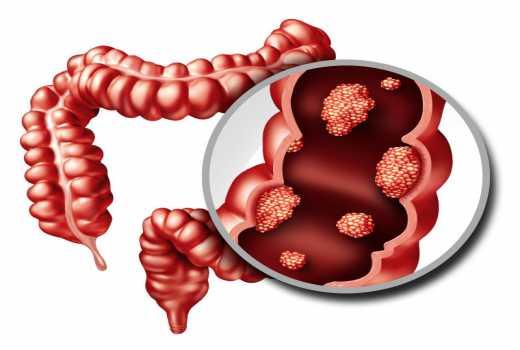DIAGNOSIS AND TESTS
In addition to a general physical exam and a digital rectal exam, doctors use the following tests and procedures to diagnose chronic constipation and try to find the cause:
- Blood tests. Your doctor will look for a systemic condition such as low thyroid (hypothyroidism) or high calcium levels.
- An X-ray. An X-ray can help your doctor determine whether our intestines are blocked and whether there is stool present throughout the colon.
- Examination of the rectum and lower, or sigmoid, colon (sigmoidoscopy). In this procedure, your doctor inserts a lighted, flexible tube into your anus to examine your rectum and the lower portion of your colon.
- Examination of the rectum and entire colon (colonoscopy). his diagnostic procedure allows your doctor to examine the entire colon with a flexible, camera-equipped tube.
- Evaluation of anal sphincter muscle function (anorectal manometry). In this procedure, your doctor inserts a narrow, flexible tube into your anus and rectum and then inflates a small balloon at the tip of the tube. The device is then pulled back through the sphincter muscle. This procedure allows your doctor to measure the coordination of the muscles you use to move your bowels.
- Evaluation of anal sphincter muscle speed (balloon expulsion test).Often used along with anorectal manometry, this test measures the amount of time it takes for you to push out a balloon that has been filled with water and placed in your rectum.
- MRI defecography. During this procedure, as in barium defecography, a doctor will insert contrast gel into your rectum. You then pass the gel. The MRI scanner can visualize and assess the function of the defecation muscles. This test also can diagnose problems that can cause constipation, such as rectocele or rectal prolapse.
